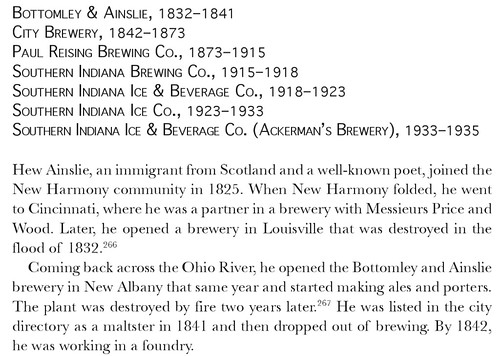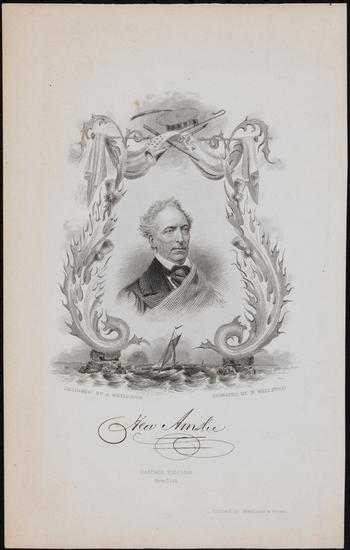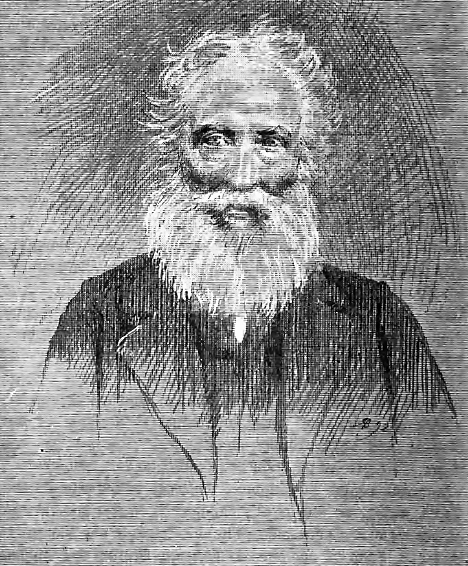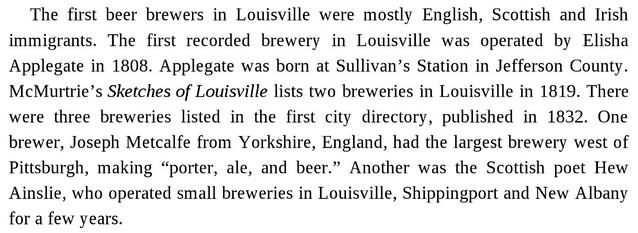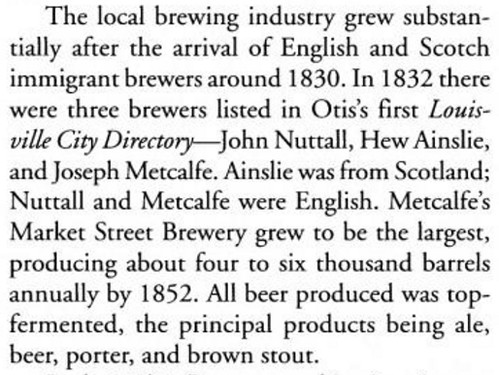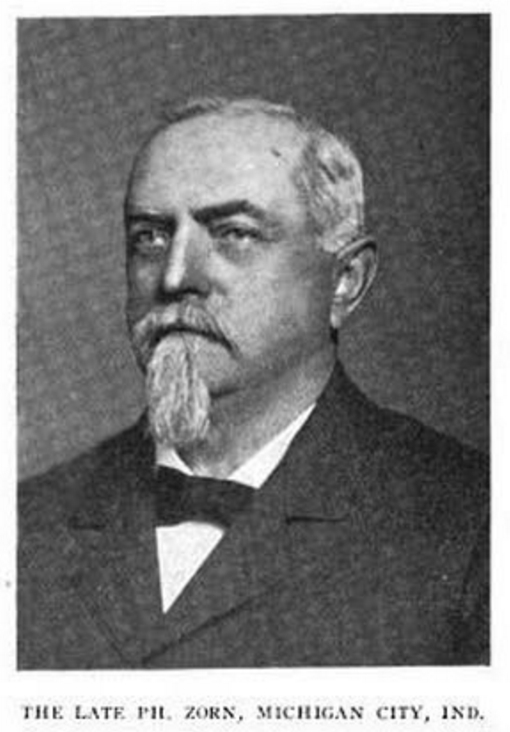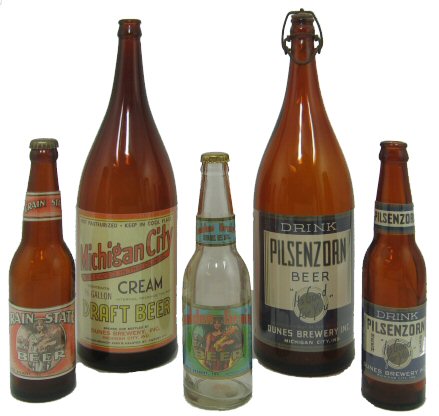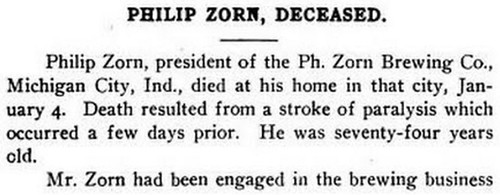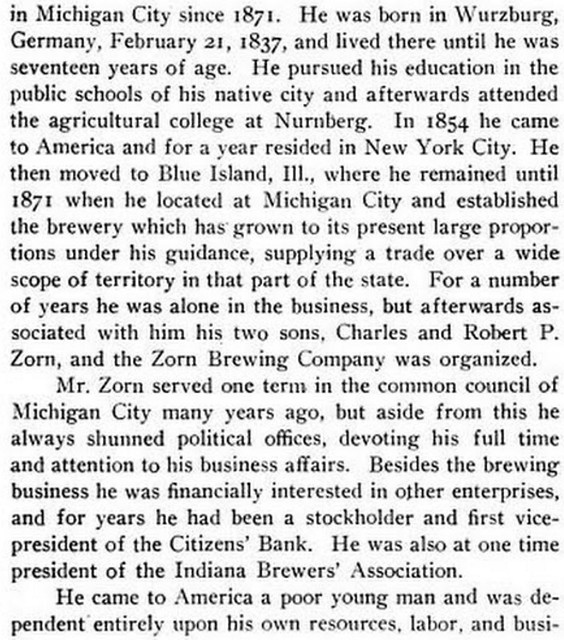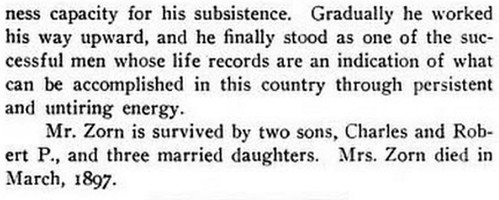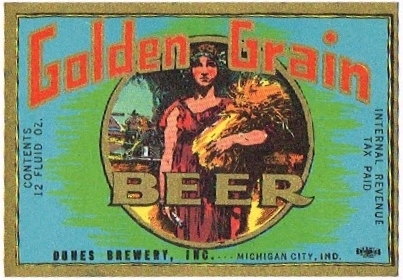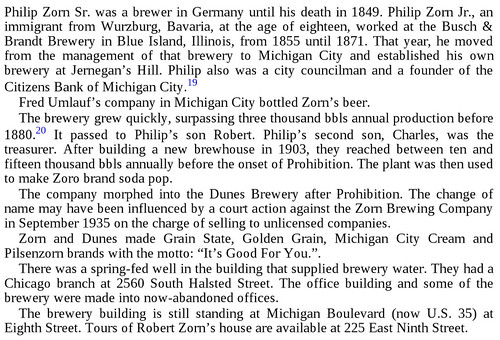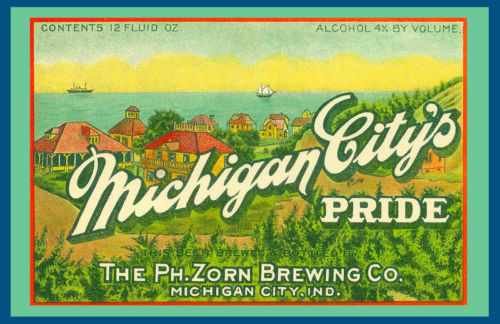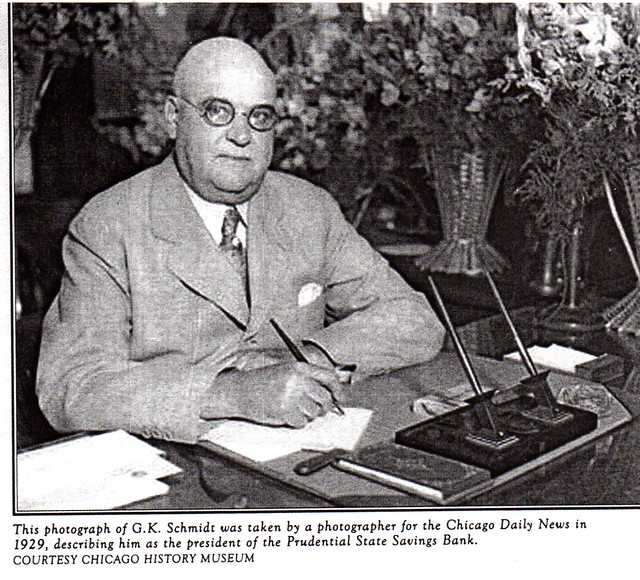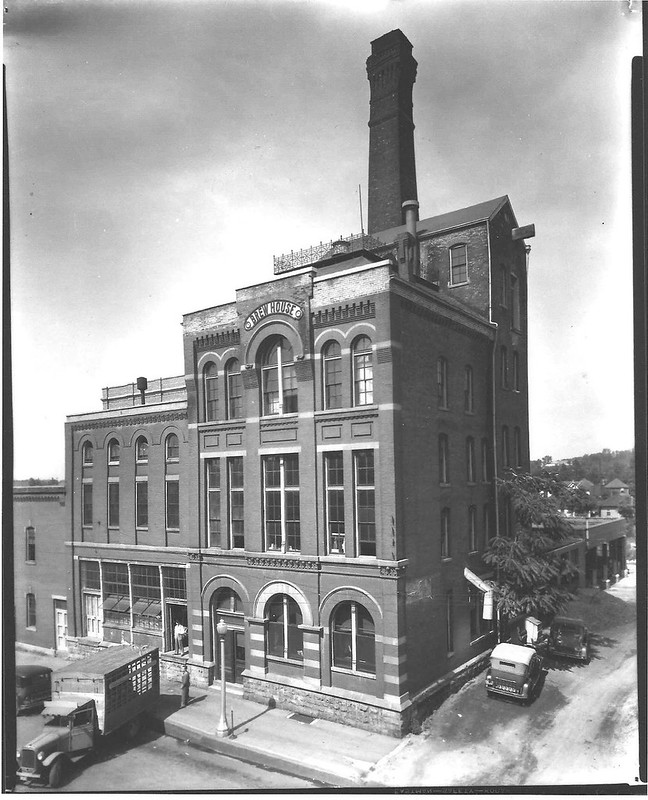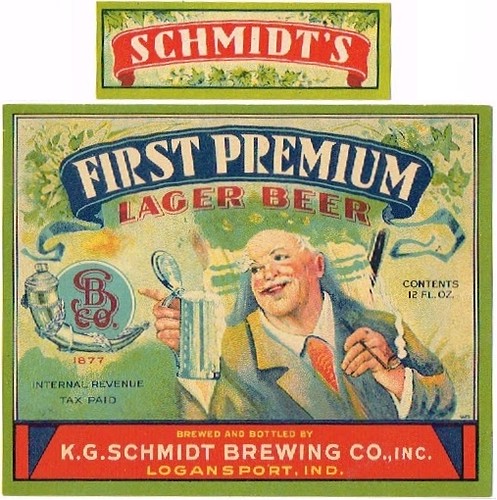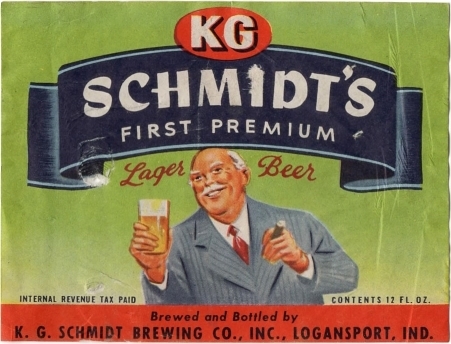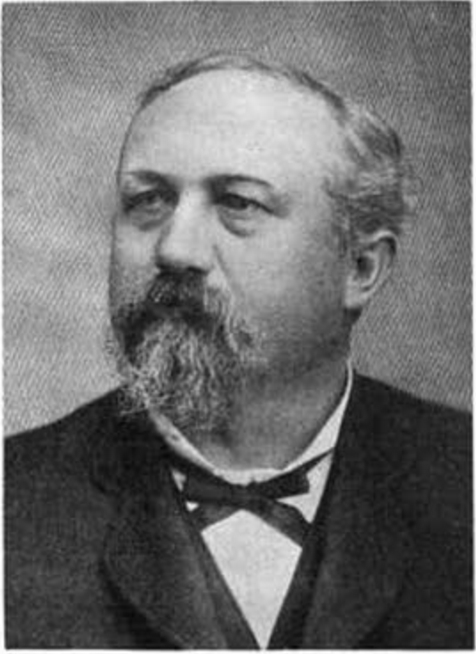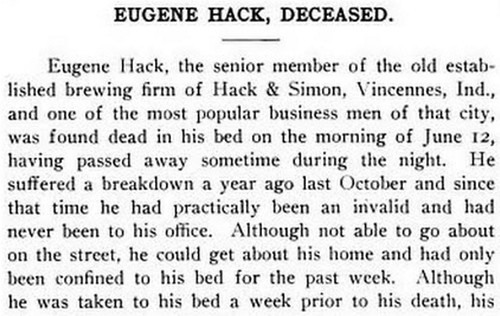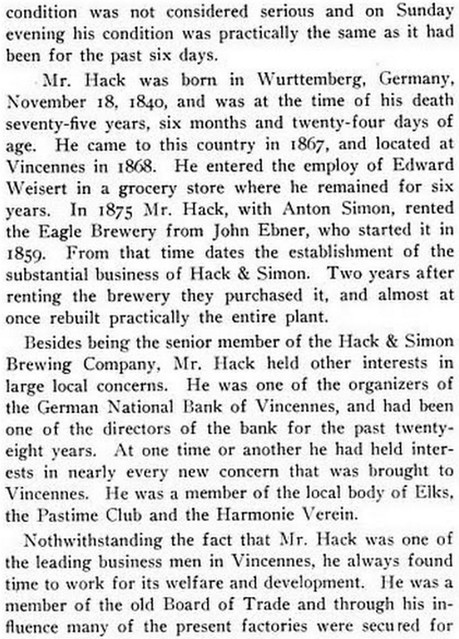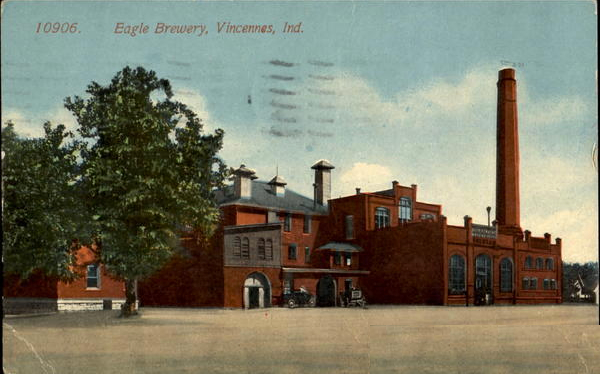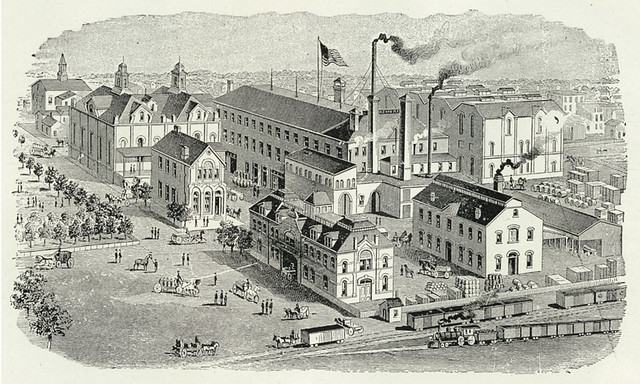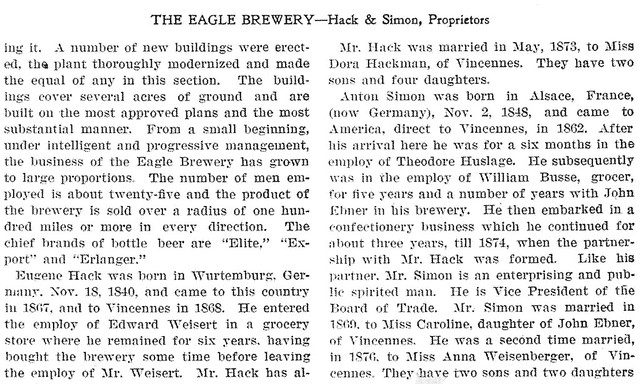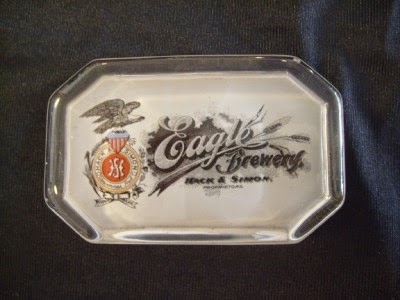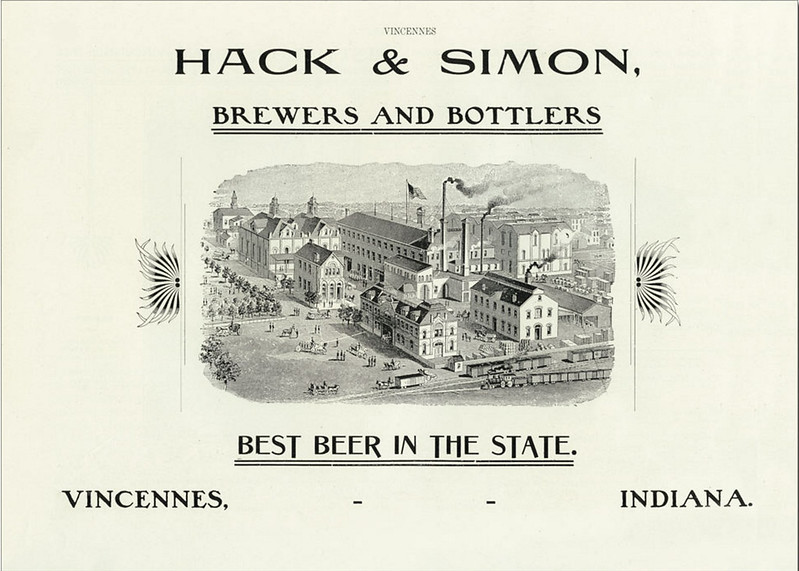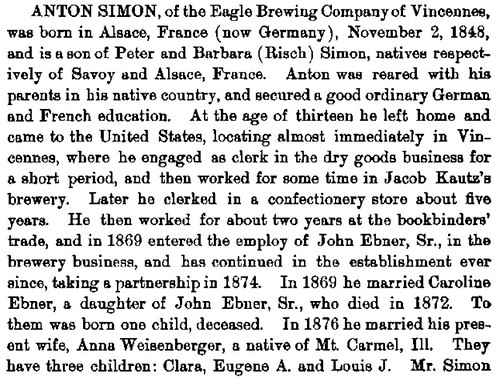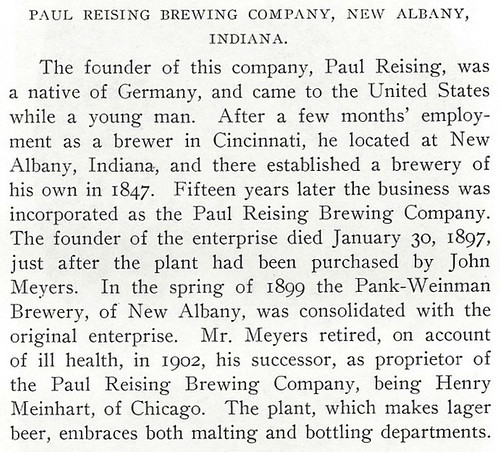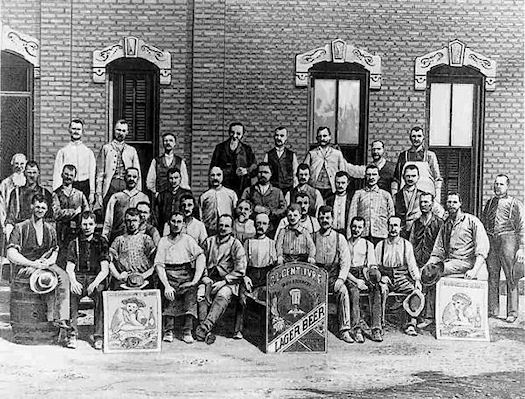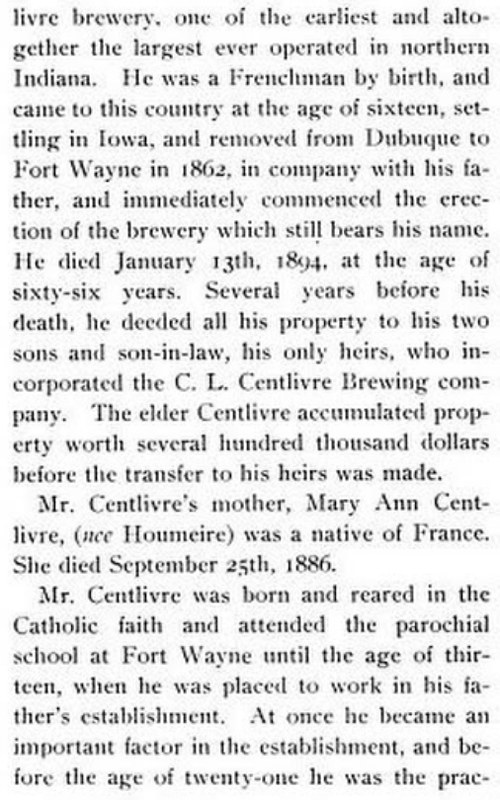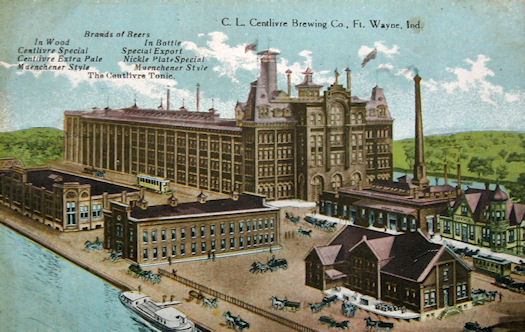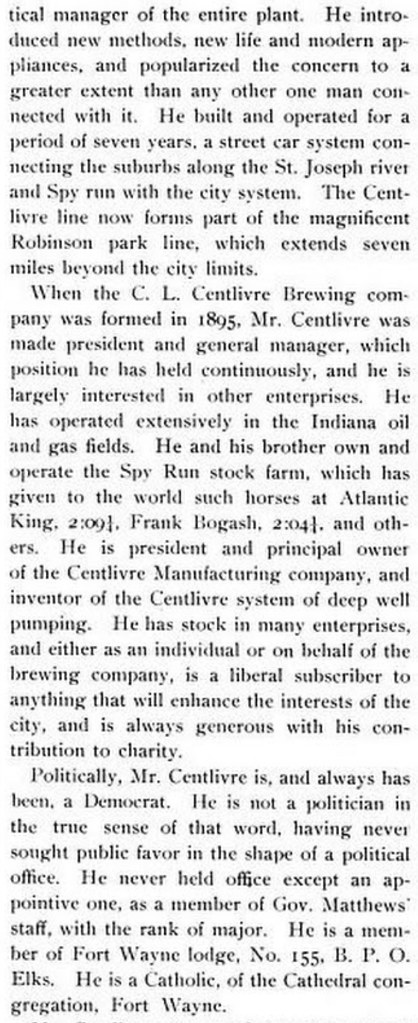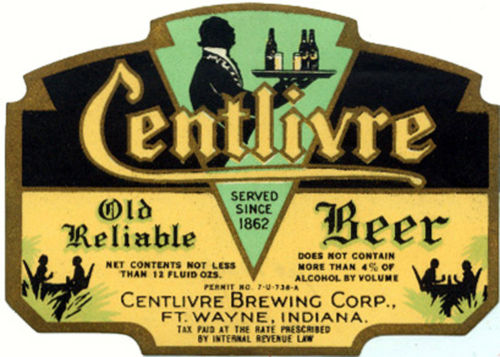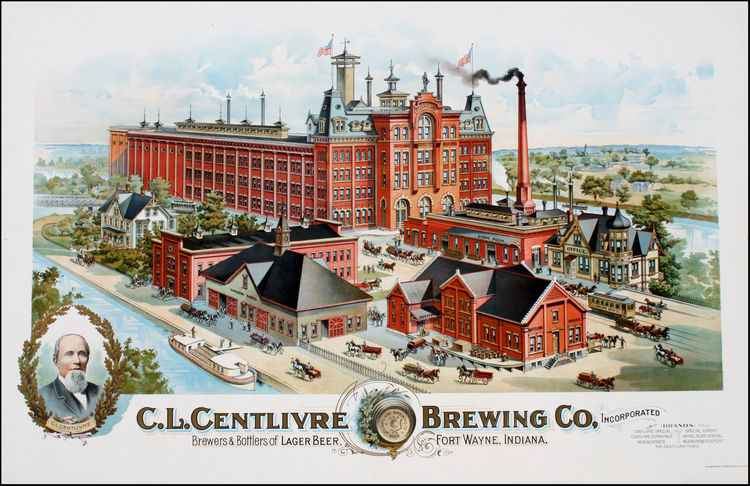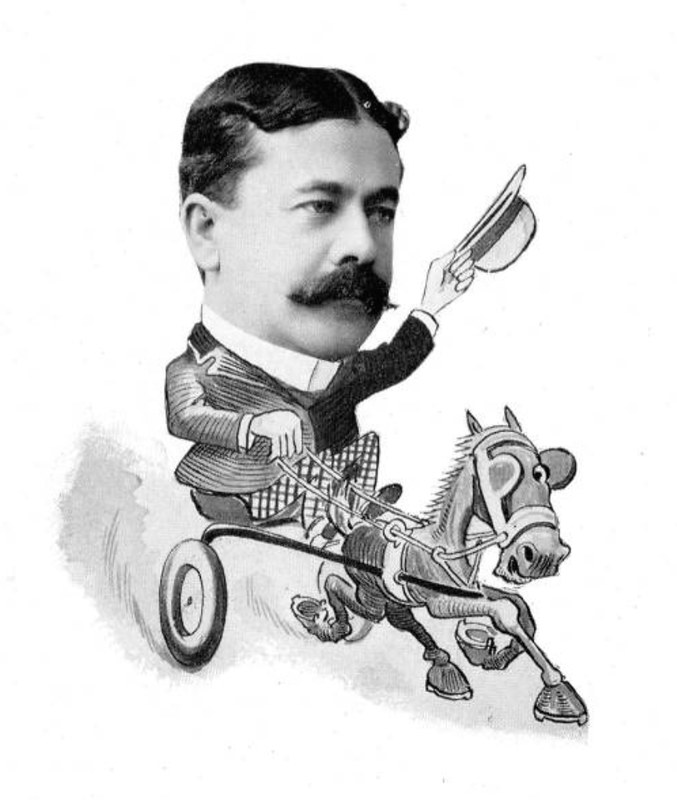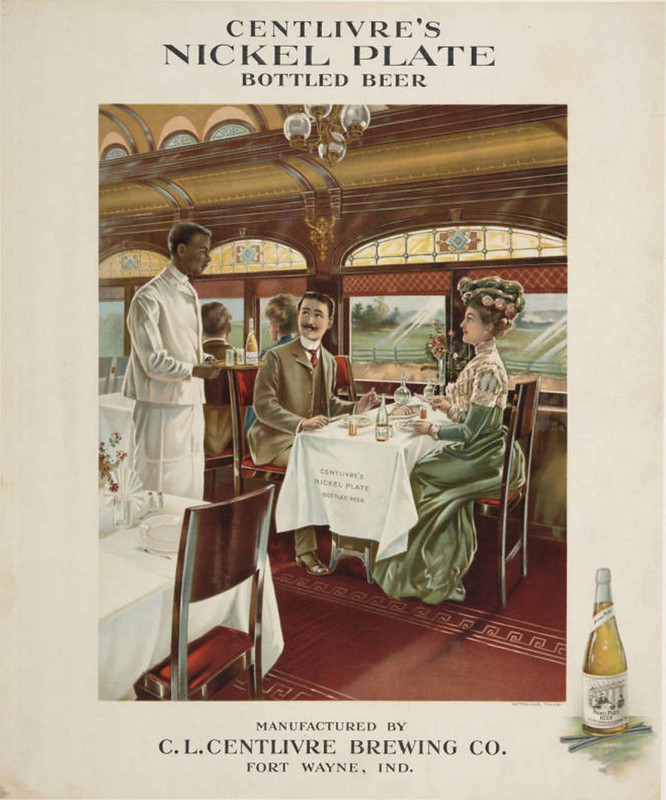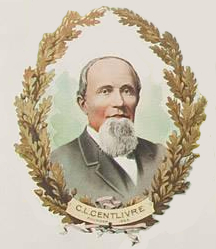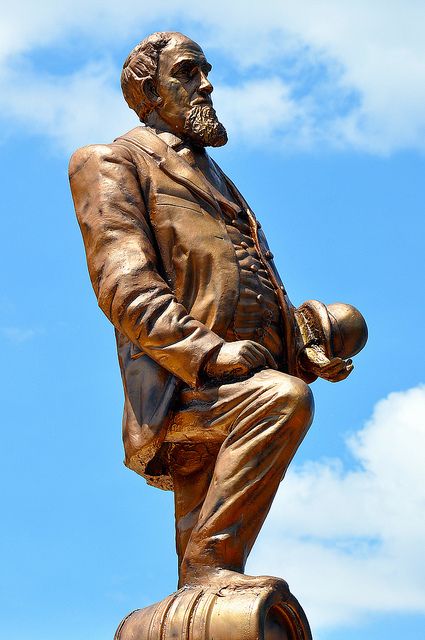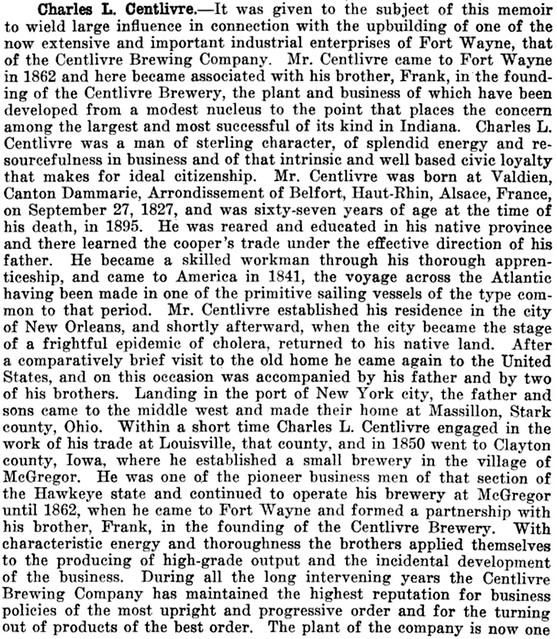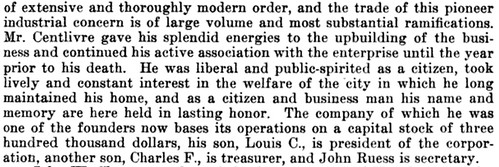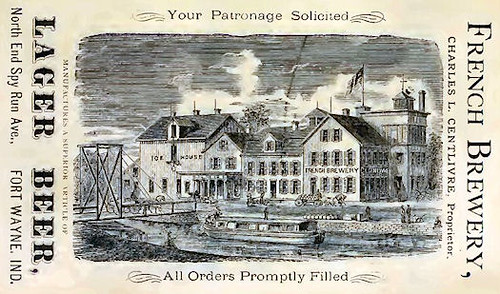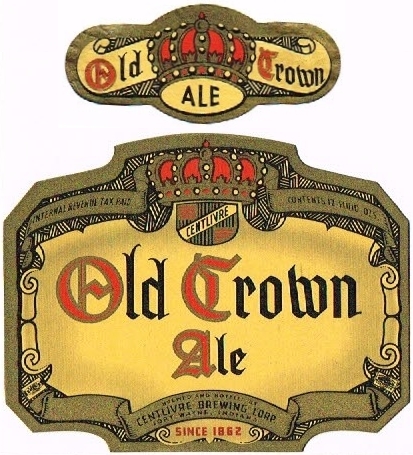
Today is the birthday of Henry Becker (April 19, 1851-April 20, 1906). He was born in Bavaria, and emigrated to the U.S. when he was 21, coming first to New Orleans, and two years later settling in Terre Haute, Indiana. At some point, he became involved with the Seventh Street Brewery, which had been founded in 1848 (although another source seems to dispute that believing they are unrelated and that Becker’s was founded independently in the 1870s, which actually makes some sense to me). Its name was changed to the Terre Haute Weiss Beer Brewery in 1898 (if related to Seventh Street), but after Becker’s death in 1906, his son took it over, renaming it the Henry J. Becker Brewery. Becker’s son then sold it two years later, in 1908. The buyer, Charles J. Graf, closed it for the good the same year.

There’s very little information I could find on Becker or his brewery. It appears to have been very small, with capacity below 500 bbl, making it something of a proto-nano in its day. I could also not find any photos of Becker or the brewery and no breweriana whatsoever, aprt from the bottle below, which must be from between 1906-09. One unusual fact I did find is that they brewed a Berliner Weiss.


